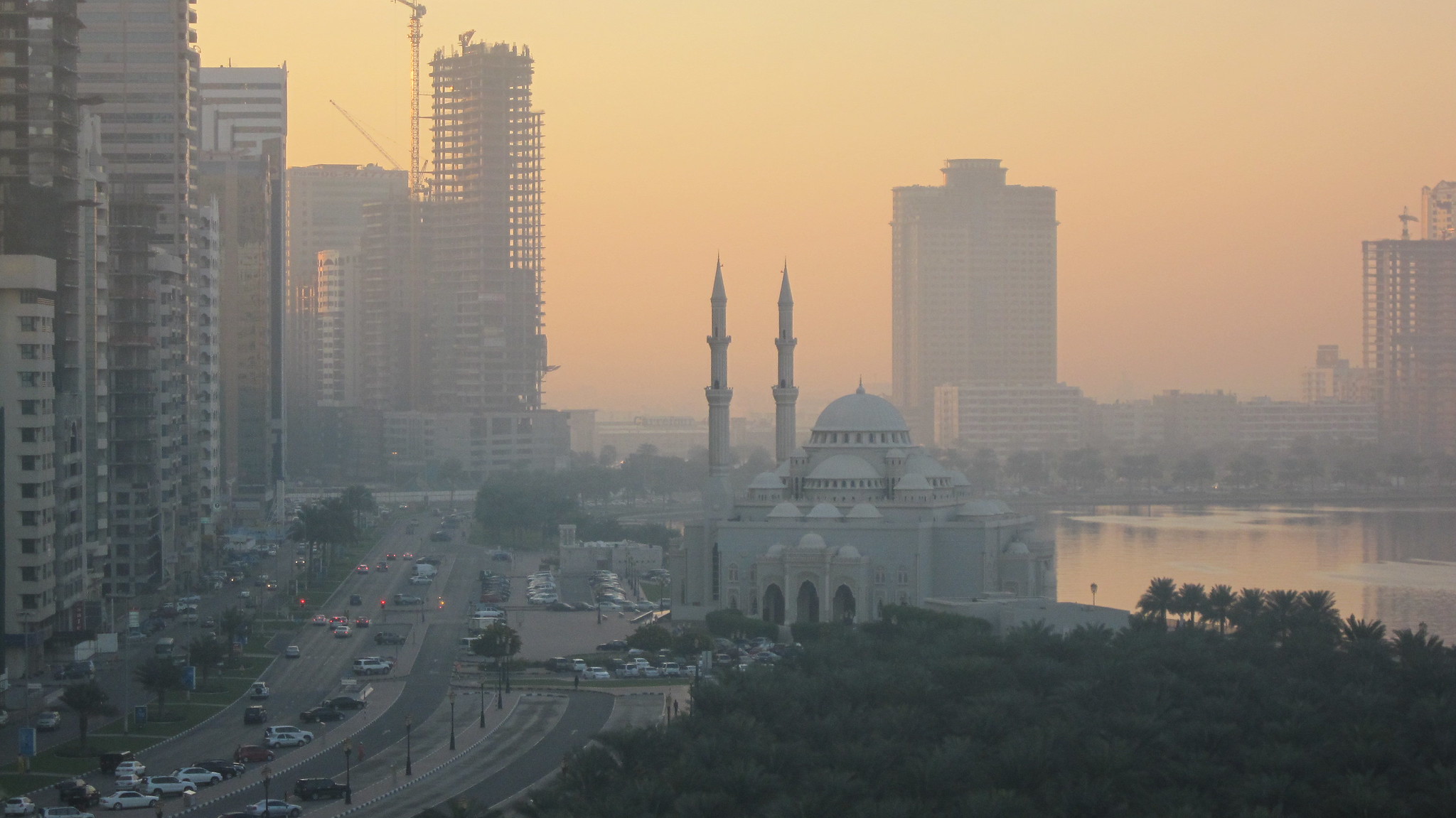
Air pollution around the King Faisal Mosque, Sharjah, UAE. Photo by Susanne Nilsson (CC BY-SA 2.0).
Air pollution is the leading environmental risk factor globally, claiming 4.2 million lives a year. Though 92 percent of the global population breathes unsafe air, the health effects of air pollution are clustered along lines of age, health, income levels, race and geographies, adding an important environmental justice component to the issue. Cities in particular tend to be more polluted due to the intense concentration of combustion engine vehicles. It’s vital to share information about the risks of air pollution — along with strategies to protect public health — across these different demographics.
As a 2020 Social Connectedness Fellow from the Samuel Centre for Social Connectedness, Hannah Melville-Rea spent the summer studying urban air pollution, diving into the academic data, conducting interviews and strategizing how to address and communicate urban air pollution issues in the context of the United Arab Emirates. She has summed up her findings in a concise and accessible web page, Cities & Air Pollution Challenges, which you can check out here.

Recent Comments